Thursdays lesson with Zulf is scheduled to cover three point lighting. Sadly I am going to miss this lesson due to my being in Mexico.
My understanding of the lesson plan is that Zulf will spend the morning going through the history of 3 point lighting, how it originated in the theatre and how it has developed over the years for film and the afternoon in a practical session showing how to set up a basic 3 point lighting setup, what happens if it goes wrong and what it should look like. As they say, do it badly and it shows, do it right and it is cliché 🙂
I expect/hope time will be spent discussing the father of cinematography (Georges Méliès*) and his contributions to the techniques which many film makers now take for granted (he discovered and exploited the basic camera tricks: stop motion, slow motion, dissolve, fade-out, superimposition, and double exposure all with a magician’s intuition), as well as time covering some of the basic techniques and terms of reference (fill, hair light, rim light, etc), as well as reinforcing how lenses work, the effects of prisms, as well as depth of field and compression; which were all introduced in the previous weeks lessons.
* Georges Méliès (born in Paris, Dec 8th, 1861) made over 550 films between 1896 and 1913 including the worlds first known sci-fi movie (Le Voyage dans la Lune / A Trip To The Moon, 1902), and the worlds first horror movie (The Haunted Castle / Le Manoir du Diable, 1896) and Many of his films were less than 20 minutes in duration. His films are some of the most imaginative ever to be directed, even by today’s standards. His innovations in the field of cinematography were groundbreaking and paved the way for future directors… DW Griffin remarked “I owe him everything”, whilst Charlie Chaplin dubbed Méliès as “the alchemist of light”. Praise indeed from the greats of the time.
Cinematography is a passion of mine so I am sad to be missing the class, however I look forward to the next opportunity after half term!
I hope the guys enjoy the practical and manage to take away some understanding of the magic of cinematography as a result!
References include
- IMDb.com – url
- encyclopaedia britannica – [url]
- The Alchemist Of Light by Osie Turner Smashwords Edition, 2013
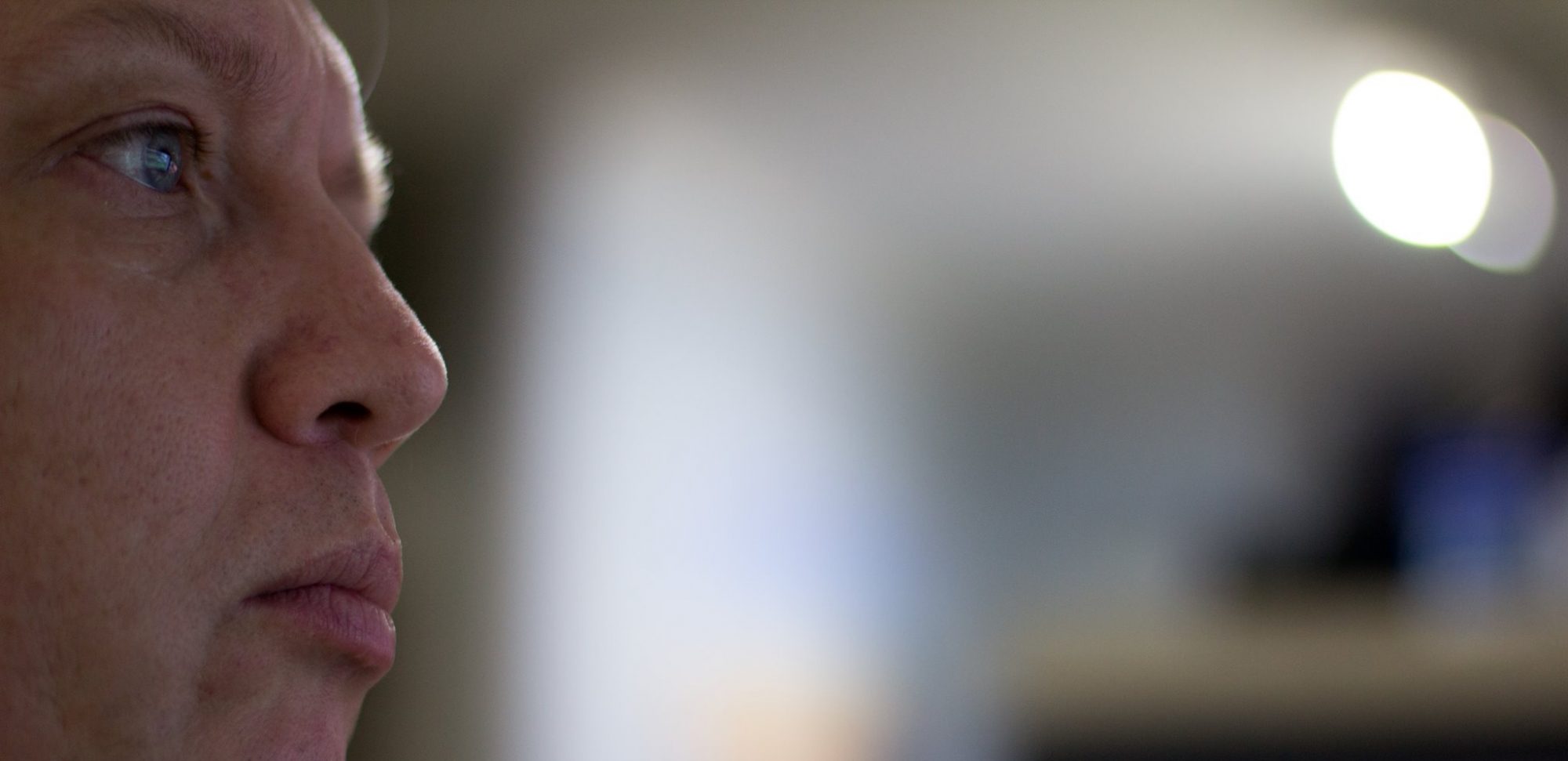




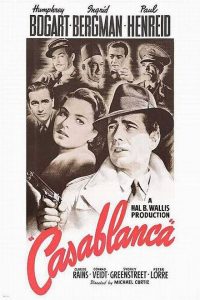
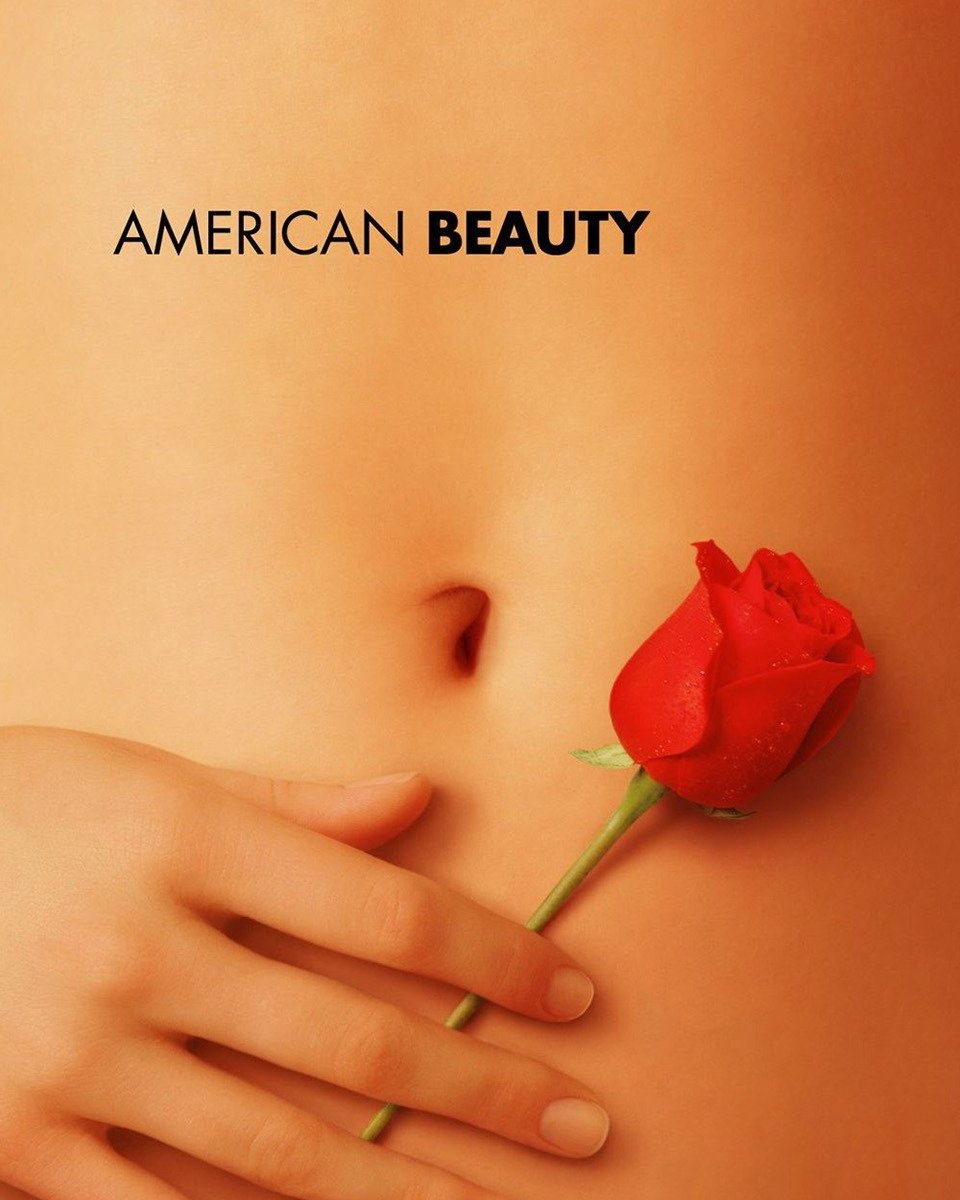
 American Beauty at first seems like a modern day Lolita in which we meet Lester Burnham (Kevin Spacey), a sexually frustrated middle aged man, going through marital issues, separated from his wife (whilst still living under the same roof). As the story progresses we discover it is less a Lolita and more the simple search for a better, more fulfilling life.
American Beauty at first seems like a modern day Lolita in which we meet Lester Burnham (Kevin Spacey), a sexually frustrated middle aged man, going through marital issues, separated from his wife (whilst still living under the same roof). As the story progresses we discover it is less a Lolita and more the simple search for a better, more fulfilling life.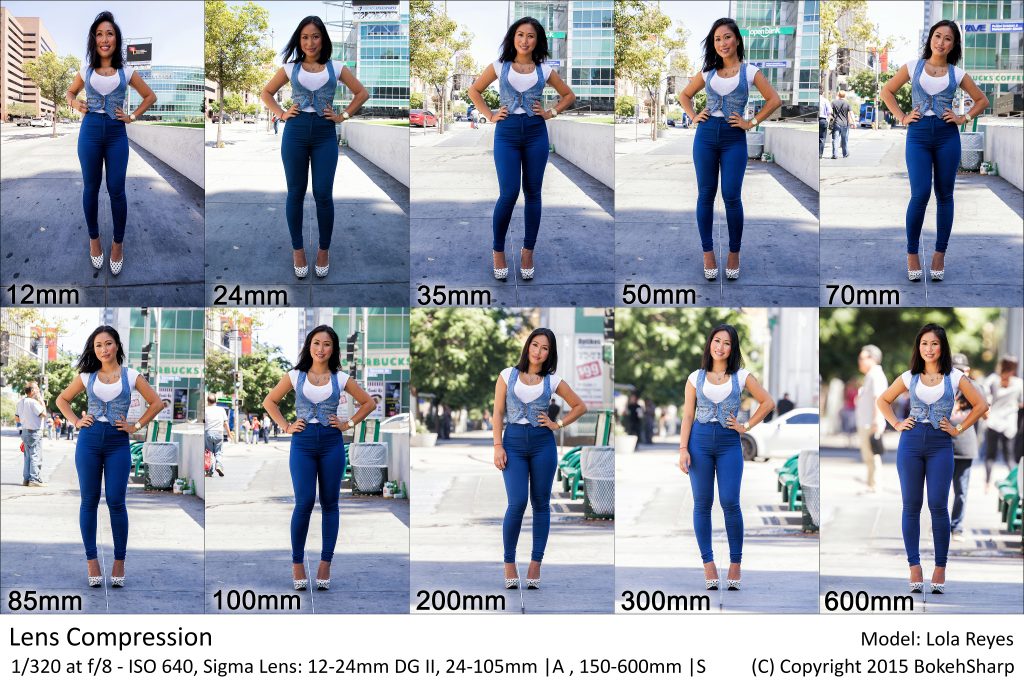
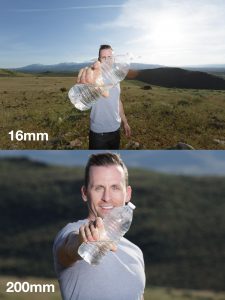
 Today is the first day, since roughly 2007, that I have had to use Adobe Premiere to edit a video project. Since Apple bought FCP from Macromedia and ported it to the Mac, the first release of Final Cut Pro (since Adobe snubbed Apple) I have been using Final Cut.
Today is the first day, since roughly 2007, that I have had to use Adobe Premiere to edit a video project. Since Apple bought FCP from Macromedia and ported it to the Mac, the first release of Final Cut Pro (since Adobe snubbed Apple) I have been using Final Cut. I fear this is going to be a painful, uphill struggle. Whilst there are more and more creators “breaking the mould” and moving to FCPX (and Davinci Resolve), I can understand why we need to learn and use Premiere…. It is after all what everyone else uses, and it is “professional”, whilst FCPX is considered “Mickey Mouse” (note, that’s what teachers at Met Film School have said previously and not my own words/thoughts). Personally I find FCPX to be forward thinking, incredibly flexible and efficient, and uber fast when it comes to rendering (I’ve seen a 15 minute video render in 30 seconds on FCPX and 45 minutes on Premiere – all on identical hardware). FCPX may well be the way of the future, however I guess we have to learn editing the hard way first and only once we’ve done that can we then find more efficient ways to progress!
I fear this is going to be a painful, uphill struggle. Whilst there are more and more creators “breaking the mould” and moving to FCPX (and Davinci Resolve), I can understand why we need to learn and use Premiere…. It is after all what everyone else uses, and it is “professional”, whilst FCPX is considered “Mickey Mouse” (note, that’s what teachers at Met Film School have said previously and not my own words/thoughts). Personally I find FCPX to be forward thinking, incredibly flexible and efficient, and uber fast when it comes to rendering (I’ve seen a 15 minute video render in 30 seconds on FCPX and 45 minutes on Premiere – all on identical hardware). FCPX may well be the way of the future, however I guess we have to learn editing the hard way first and only once we’ve done that can we then find more efficient ways to progress!